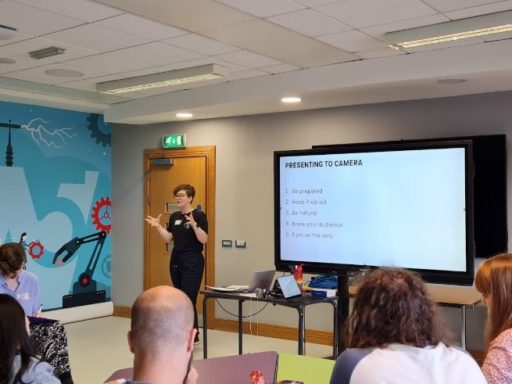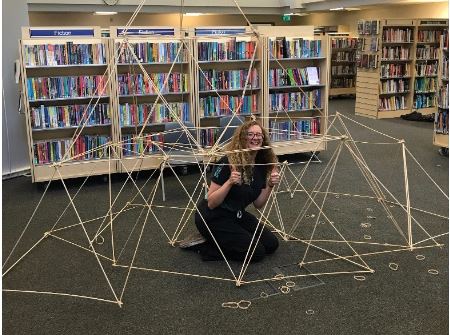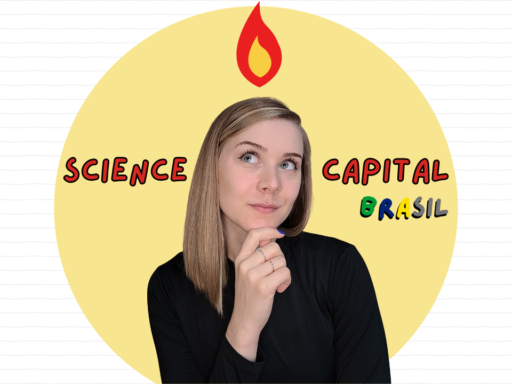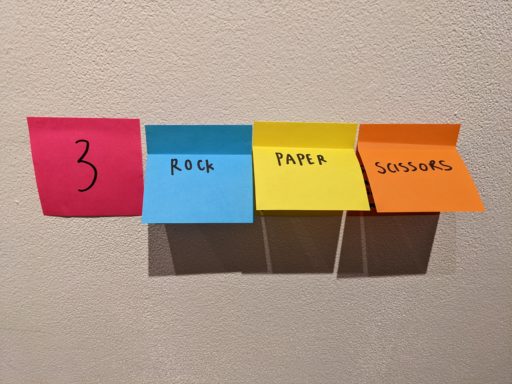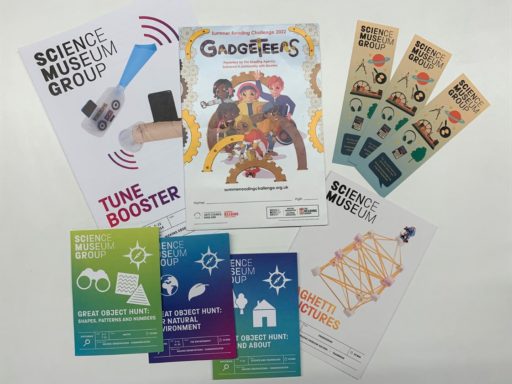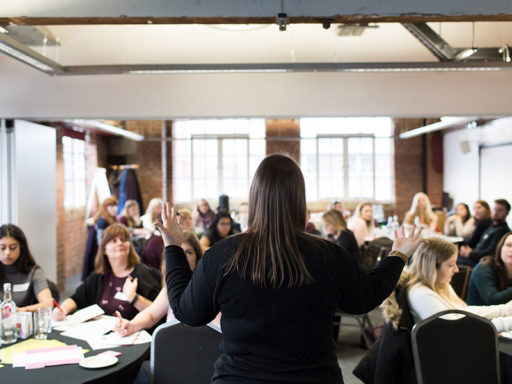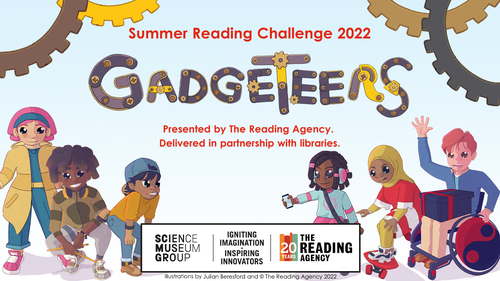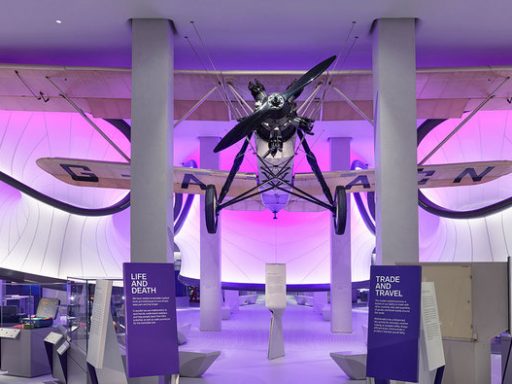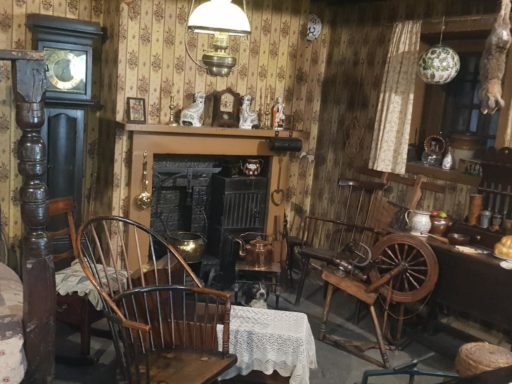Young children learn through play. Storytelling creates a highly playful and meaningful context in which children can develop their skills and learn about the world around them. For World Book Day we show you how you can extend this learning experience by connecting a child’s favourite story to some of our fun and accessible activities.
Our learning resources website currently holds over 140 resources which can be used and adapted at home, out and about, in community groups and at school. The Science Museum Group’s Academy and Resources team reflect on their top resources that you should try in 2023.
Hannah-Rose Ford Tomlinson, SMG Audience Researcher, has presented science on screen for BBC Bitesize, Blue Peter, and various teams within SMG. She shares her top tips for how to present to camera, especially if you’re more used to performing in person.
Science Museum & The Summer Reading Challenge 2022 – Stacking Shapes Library Outreach
Cheryl McAndrew, an Explainer at the Science Museum London, shares her experiences of delivering a science-based engineering workshop called Stacking Shapes for the Gadgeteers Summer Reading Challenge 2022.
In October 2022, Gabriela Heck, a PhD student from Pontifical Catholic University of Rio Grande do Sul (PUCRS), in Brazil, visited Beth Hawkins, at the Science Museum London, to talk about her PhD research around science capital, science museums and inclusion of people with disabilities in STEM fields. Here she shares detail of her research and how she is working to raise awareness of science capital and inclusion in Brazil.
We have just launched Wonderlab+, the first ever website specially designed for children and families from The Science Museum Group. Wonderlab+ showcases our games, videos and hands-on activities, as well as offering a new way to interact in the form of quizzes.
At the end of July, Kate Davis visited the October Gallery in Bloomsbury to see Rock, Paper, Scissors, an exhibition co-curated with the Gallery’s Youth Collective. Made up of young people aged 14-24, the Youth Collective meet each week to explore contemporary art, meet artists and each year, create an exhibition.
This year, the Reading Agency partnered with the Science Museum Group for a science and innovation themed Summer Reading Challenge. Sophie Holland, shares her experience of engaging new audiences with the message that science – like reading – is for everyone.
As we reach the milestone of 100 blog posts on our Transforming Practice blog, we took some time to reflect and made a list of our top must-read blogs.
Jess Sashaw, SMG Academy Programme Leader, shares her experience of developing a webinar to support library communities with the Summer Reading Challenge theme of Gadgeteers.
Maths is everywhere, especially in our museums. In this blog Andy Lickley tells his journey of breaking his own stereotypes around maths which led him on the path of discovering magical maths moments.
After a two-year hiatus the out and about series returns! The world is opening up once more and we are able to get out and about to explore incredible places. In this edition Andy Lickley explores the Castle Museum in York. In this post he provides and shares the activities and exhibits that he discovered which helped visitors feel welcome and confident to take part in the museum’s experiences.


